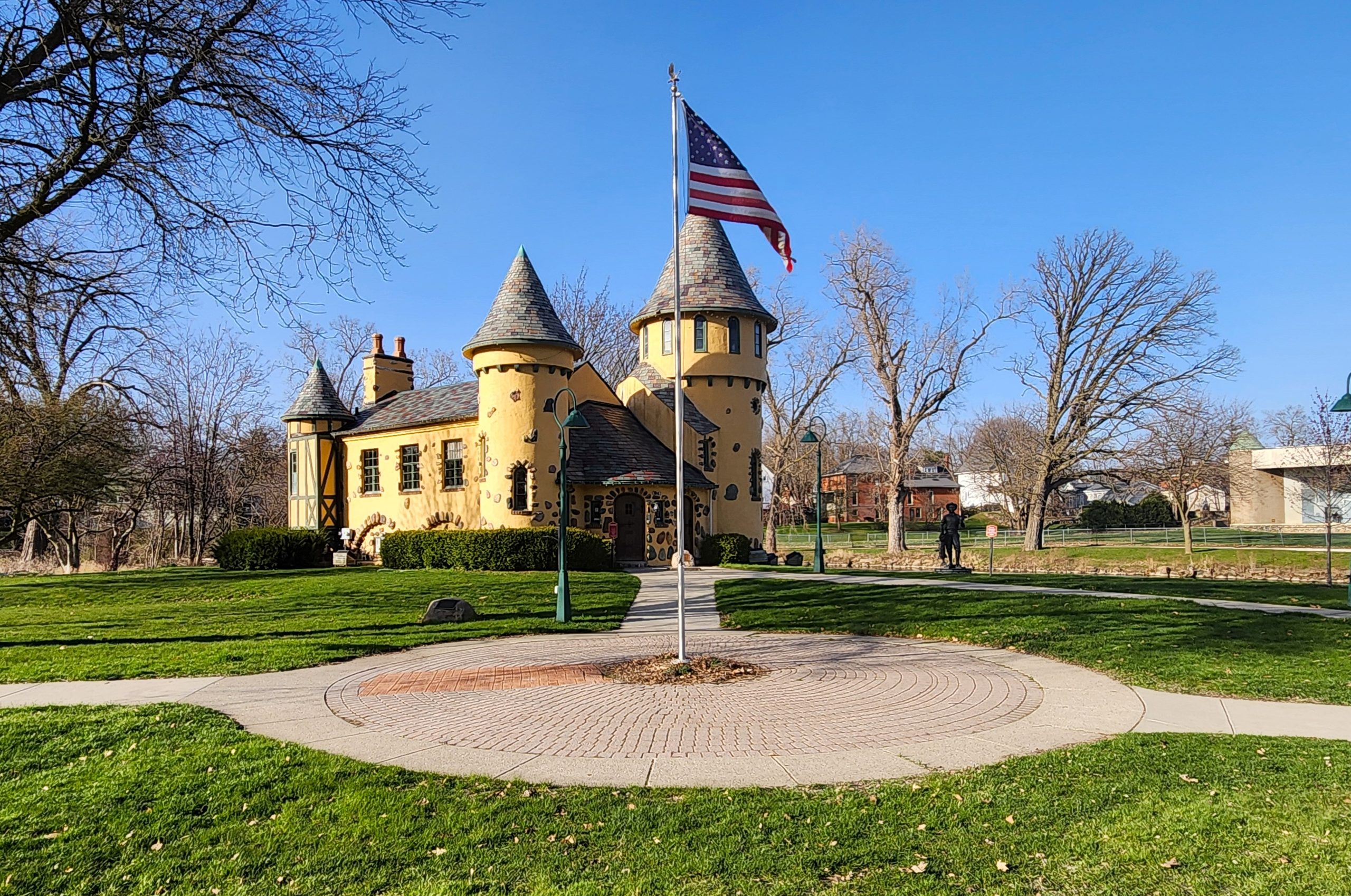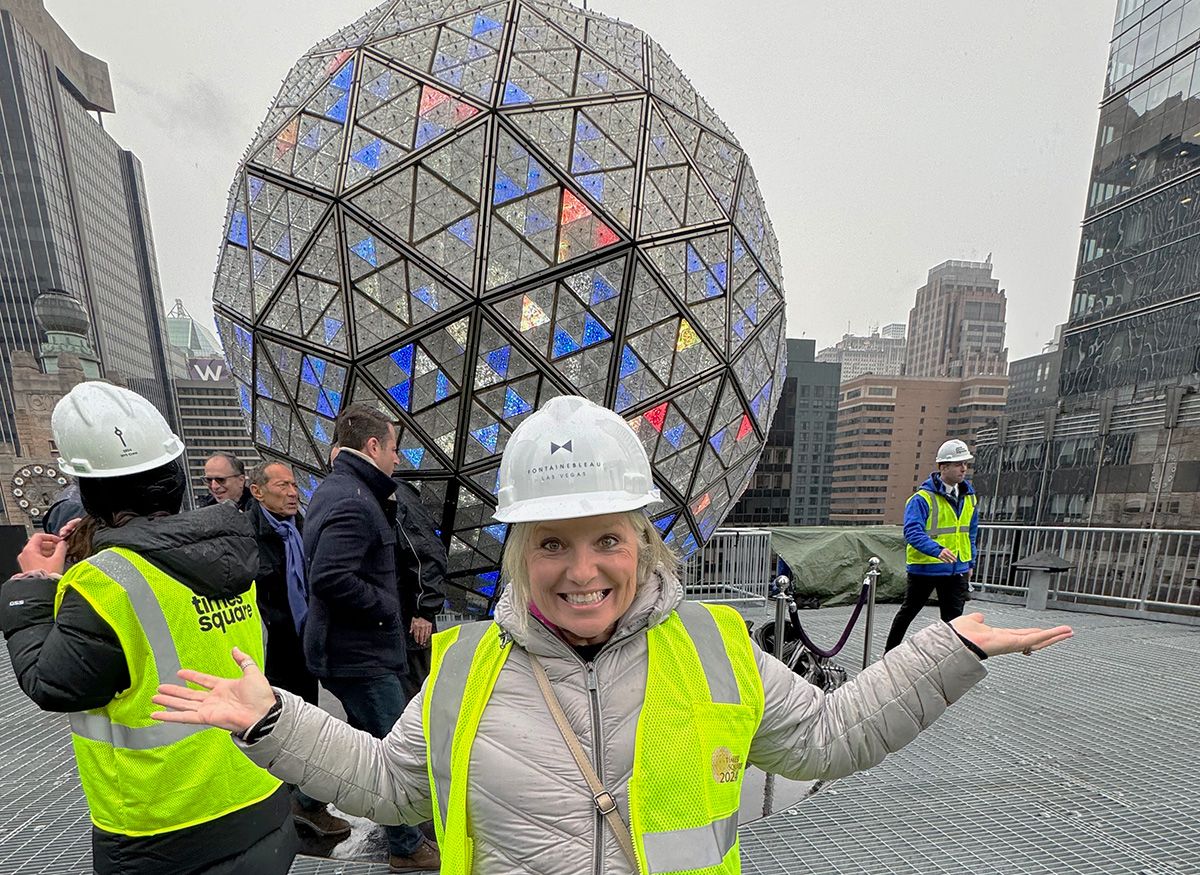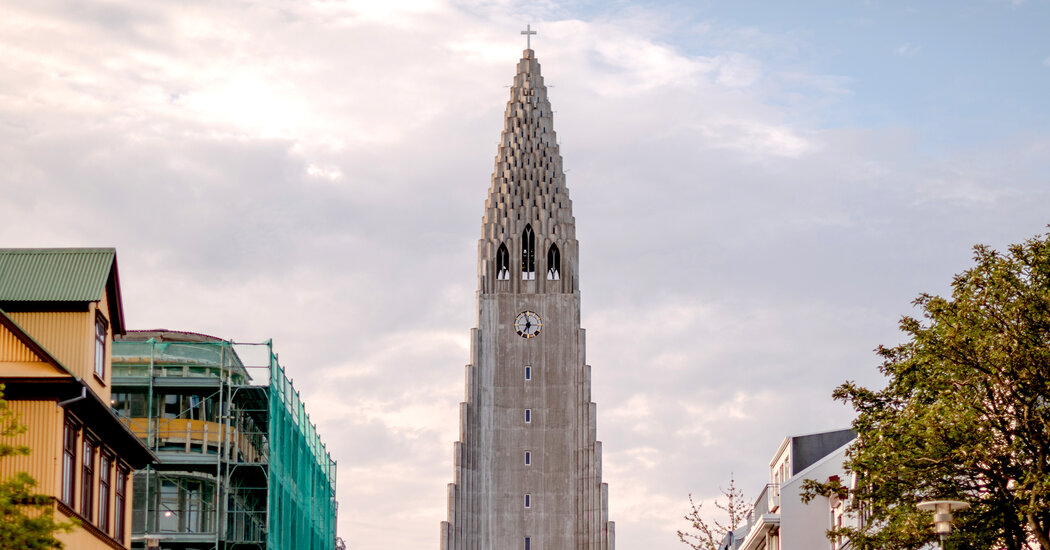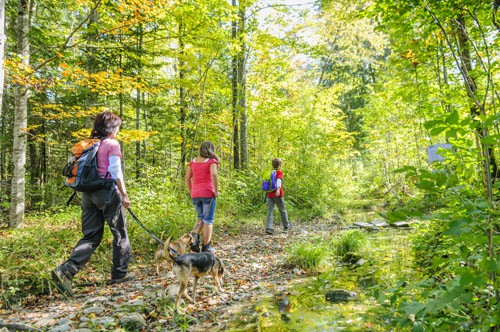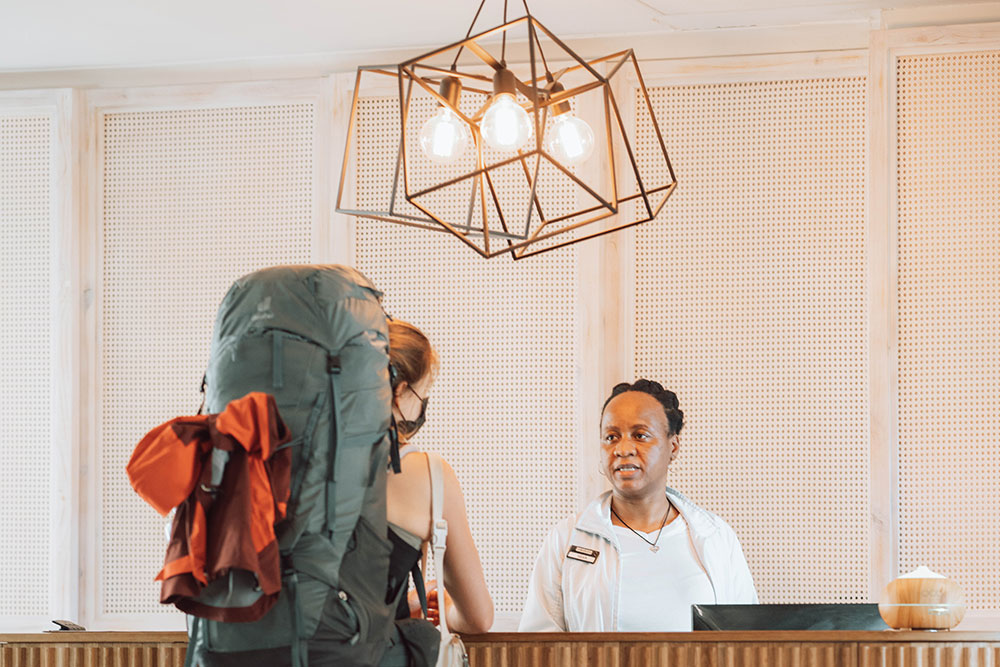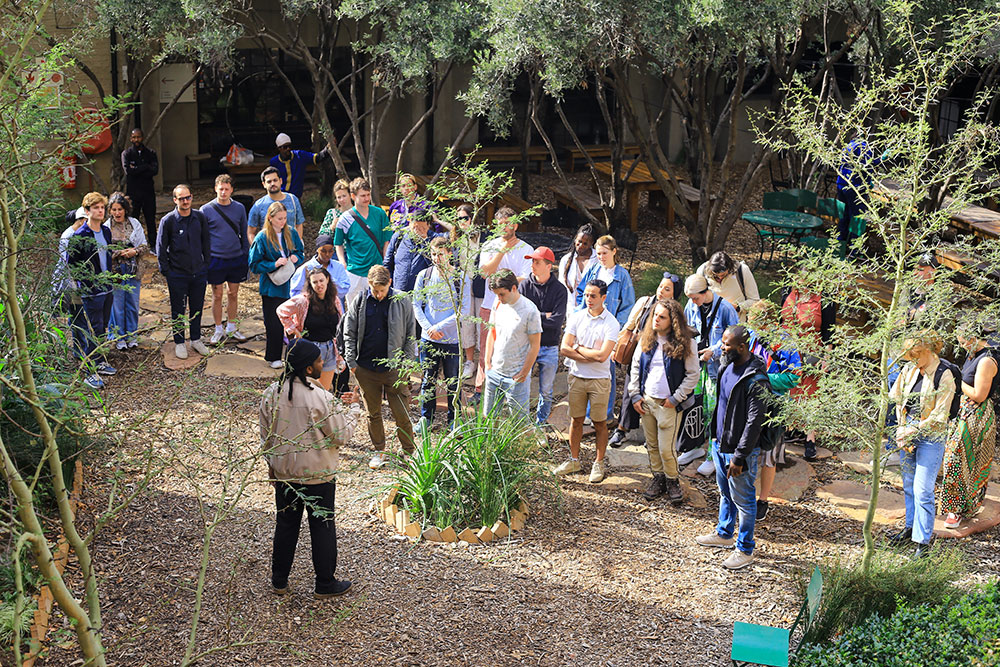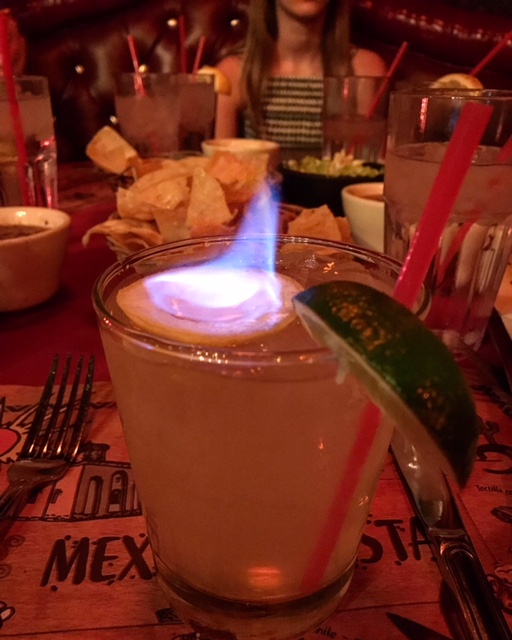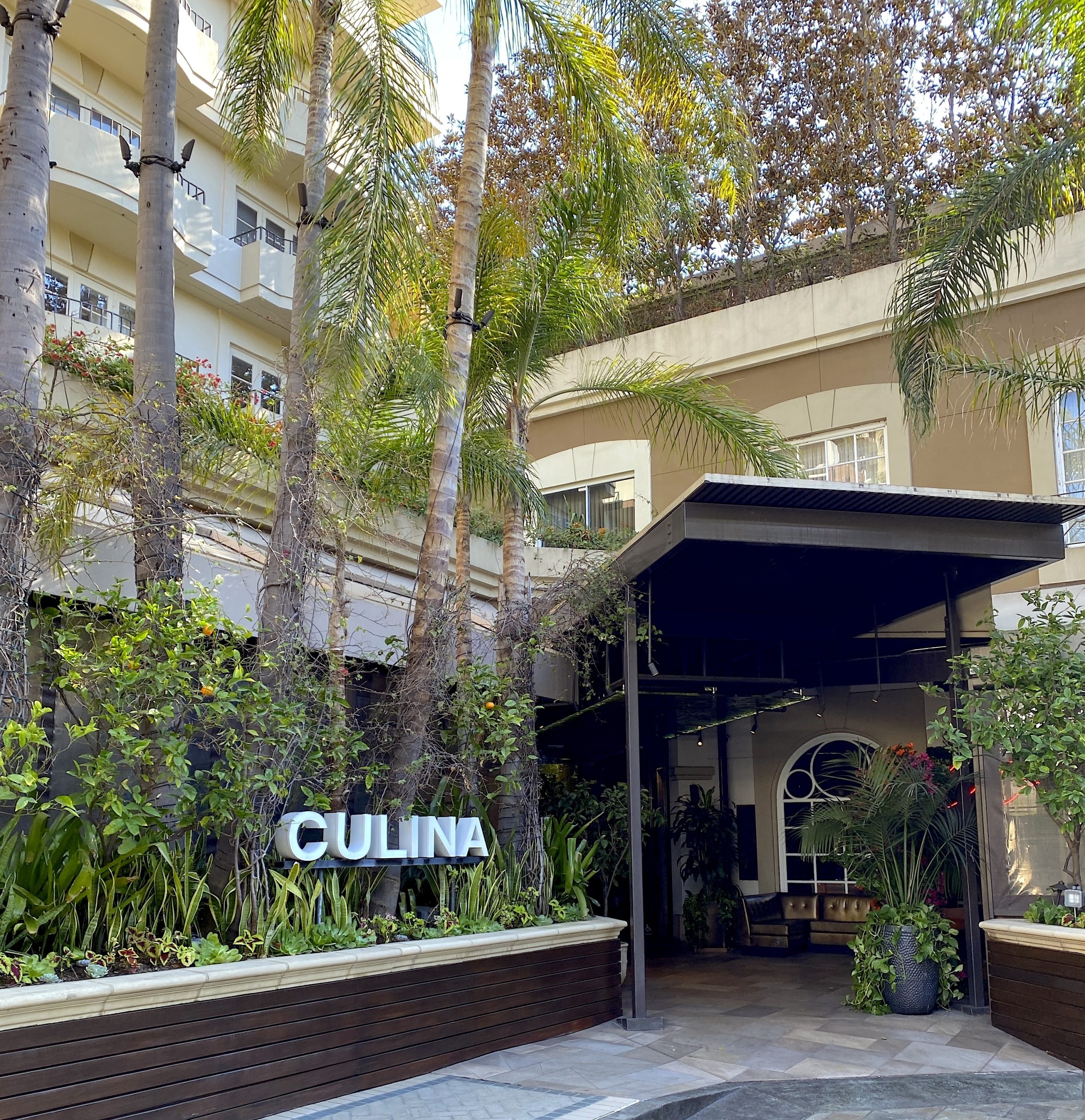Curwood Castle Park, Owosso: Beauty and History on the Banks of the Shiawassee River
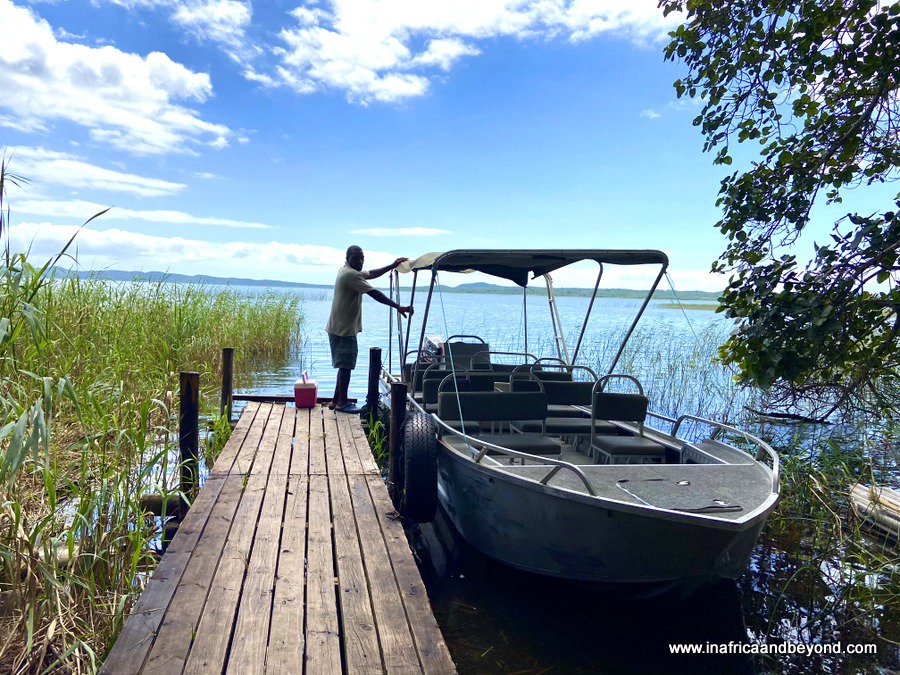
Looking for things to do in iSimangaliso Wetland Park ? See my recommendations below.
“Isimangaliso must be the only place on the globe where the world’s oldest land mammal (rhinoceros) and the world’s biggest terrestrial mammal (elephant) share an ecosystem with the world’s oldest fish (coelacanth) and the world’s biggest marine mammal (whale).” Nelson Mandela
Miracle and wonder…this is what iSimangaliso translates to in isiZulu. These words appropriately describe iSimangaliso Wetland Park, which was declared South Africa’s first UNESCO World Heritage site in 1999, and was previously known as the Greater St Lucia Wetland Park.
Spanning 332 000 hectares, along 220km of Kwazulu Natal’s coastline, iSimangaliso Wetland Park is also the country’s largest protected wetlands and one of its largest nature reserves. Featuring a variety of ecosystems, ranging from marine to wetland and savannah to forest, it is a treasure trove of natural wonders.
Here are 9 things to do in iSimangaliso Wetland Park
1. Spot wildlife on a safari
Zebras in the Eastern Shores
iSimangaliso is home to a vast array of wildlife, including the Big Five, zebras, giraffes, and much more. To get the most out of your game-viewing, book a guided game drive. We went on a game drive in the Eastern Shores section and saw elephants, rhinos, buffalos, zebras and myriad birds. Day and night drives are available.
2. Explore the marine world
The park’s coastline is a haven for marine life, thanks to its protected status. Snorkelling at Cape Vidal allows you to immerse yourself in the underwater world of coral reefs teeming with colourful fish, turtles, and rays. You can also see the remnants of the Dorothea ship which was wrecked in 1898, and was believed to be carrying a cargo of stolen gold.
Sodwana Bay is a renowned diving spot, famous for its vibrant coral reefs and rich diversity of marine life. This bay offers some of the best scuba diving conditions in the world, with visibility of up to 50 meters during certain times of the year. It’s also a popular destination for deep-sea fishing. If you’re not a diver, you can relax on the beach or engage in some light snorkelling close to shore too.

Beach in Sodwana Bay
Coelecanths, ancient fish believed to have been extinct for about 65 million years, were rediscovered in the deep waters off Sodwana Bay in 2000 and have been spotted several times again since then.
Between June and November, you can go on whale watching tours to witness humpback whales during their migration.
3. Go bird watching

Birds in iSimangaliso Wetland Park
With over 500 bird species recorded in iSimangaliso, bird enthusiasts will be thrilled. The varied ecosystems offer unique birding opportunities—from the wetlands where you can spot flamingos and pelicans to the dense forests inhabited by turacos, eagles and hornbills. The ideal time for bird-watching in the area is late summer (February to April), as this is when vagrant shorebirds and seabirds are abundant. Guided bird tours are available.
4. See turtles nesting
One of iSimangaliso’s most magical experiences is watching sea turtles come ashore to lay their eggs. These tours run during the nesting season from November to March. With conservationists as guides, visitors can observe as endangered loggerhead and leatherback turtles complete their timeless ritual under the cover of night. You can do this in the Eastern Shores as well as in Kosi Bay.
5. Take a hike

Forest in iSimangaliso Wetland Park
iSimangaliso Wetland Park has an incredible array of hiking trails to explore on foot with over 600,000 acres of wetlands, coastal forests and dunes. Trails vary in difficulty and length, accommodating different levels of fitness. The Igwala Gwala trail in St Lucia is a 1.5 km walking trail which is ideal for birdwatching while the Iphiva Walking Trail offers wildlife and bird-watching. The Emoyeni Trail is a more challenging multi-day trail with panoramic views of the park.
6. Go canoeing or kayaking
Canoeing or kayaking is a peaceful way to explore the environment. You can do this in the estuary or in one of the many lakes in iSimangaliso Park, including Lake Sibaya, South Africa’s largest freshwater lake. Paddle past mangroves, reed beds, and mudflats but do keep an eye out for crocodiles basking in the sun or hippos lounging in the water.
7. Relax on the beaches

Cape Vidal beach
If you are looking for a more leisurely experience, the park’s beaches offer the perfect escape. Stretching for miles along the Indian Ocean, these pristine shores are ideal for sunbathing, swimming, or simply taking a leisurely stroll while admiring the breathtaking coastal scenery. Although there are many beautiful beaches in the park, Mabibi Beach in Maputaland is considered to be one of the best.
8. Visit St Lucia

Boat cruise in St Lucia
Lake St Lucia is one of Africa’s largest estuaries, and more than 800 hippos and 1200 crocodiles as well as various species of birds can be found there. Boat cruises on the estuary are a must-do, preferably at sunset. We saw pods of hippos, crocodiles and fascinating birds during our cruises.
The gateway to Lake St Lucia is the quaint little town of St Lucia – a town where hippos roam the streets, vervet monkeys swing from the trees, and dung beetles have right of way. Spend some time exploring the town and stay over if you can.
9. Explore Kosi Bay

Kosi Bay
Located near the Mozambique border, the Kosi Bay area is a rich tapestry of four lakes connected by estuarine waterways, and surrounded by raffia palm groves, white sandy beaches, coastal dunes and wetlands. Here, you will be able to see traditional fish traps which have been used for over 700 years by local Thonga fishermen to make a living. Kosi Bay is also a twitchers paradise, and its rich and diverse birdlife encompasses coastal, grassland, forest and riverine birds.
We stayed at Kosi Forest Lodge, and it was magical.
Find more accommodation in iSimangaliso Wetland Park.


Sara Essop is a travel blogger and writer based in South Africa. She writes about family travel and experiences around the world. Although she has been to 49 countries thus far, she especially loves showcasing her beautiful country and is a certified South Africa Specialist.
Publisher: Source link
Latest Posts
-
31 July 2025
-
26 July 2025
-
14 July 2025
-
01 July 2025
-
07 August 2025
-
29 July 2025
-
20 February 2025
-
04 February 2025
Newsletter
Sign up for free and be the first to get notified about new posts.
Get The Best Blog Stories into Your icountox!
Sign up for free and be the first to get notified about new posts.

